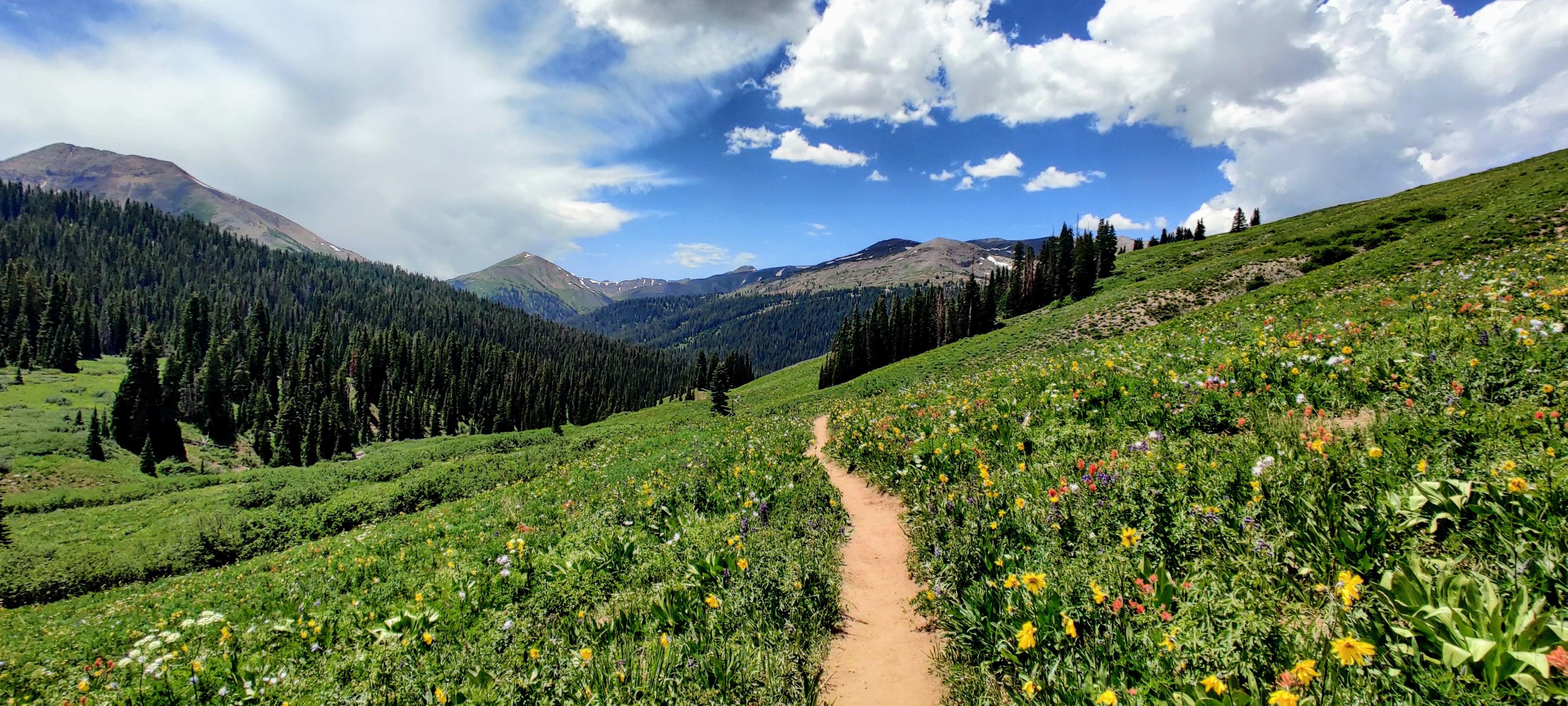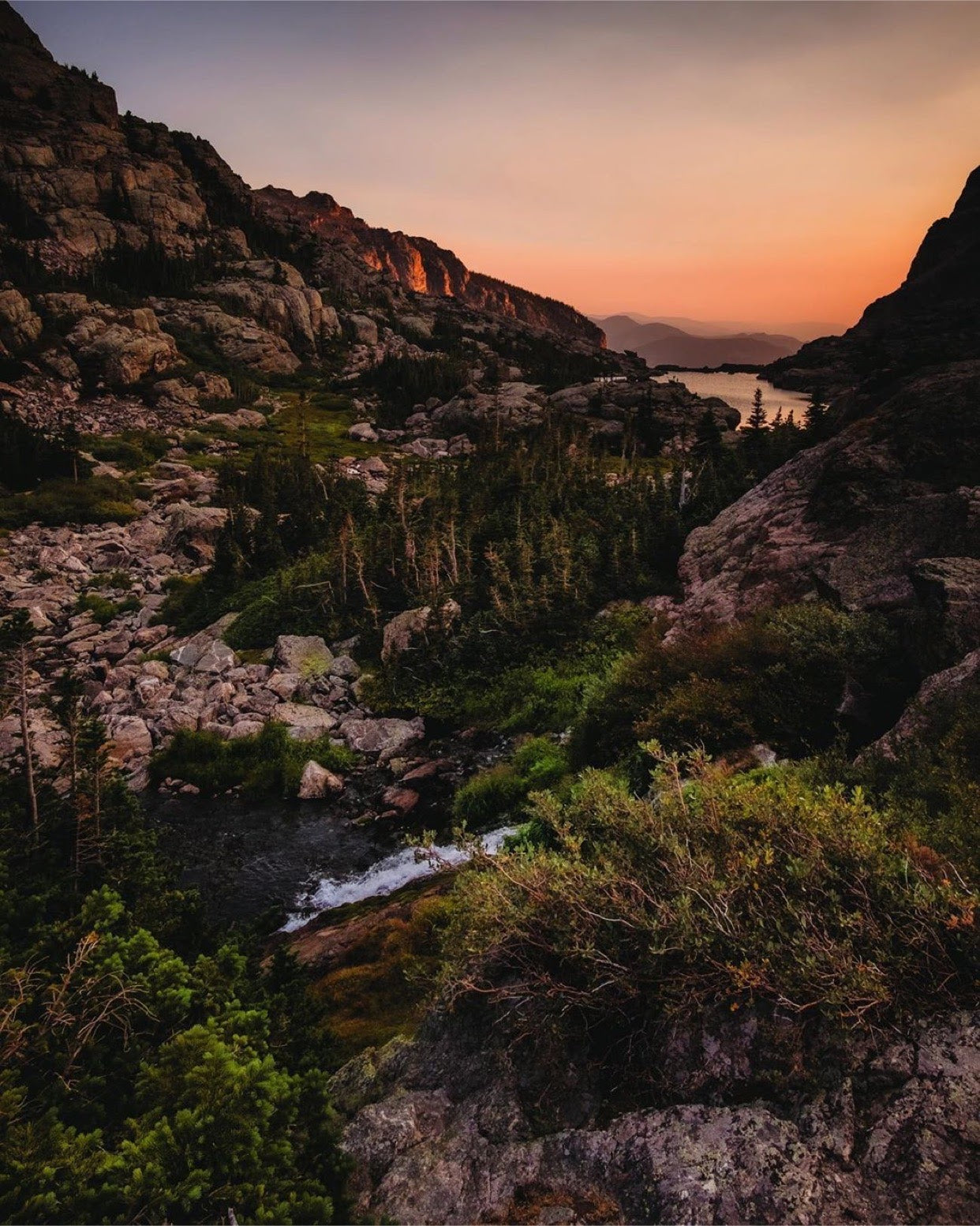As we celebrate Colorado Bike Month this June, we wanted to share some of our best mountain biking tips for making your way around Colorado! Whether you are brand new to Colorado just visiting for the weekend, the great Centennial State has a lot to offer both experienced and beginner mountain bikers. Colorado offers a variety of both shorter trails as well as intensely beautiful and difficult mountain trails. So not only will every rider be able to find exactly what they are into, but you are sure to find some new friends and fellow mountain bikers along the way. We have compiled a list of our best tips for Colorado mountain bike riders.
1. Carry A Small Bike Repair Kit
Regular bike maintenance is something many people do on their own, and it can help prevent expensive repairs or accidents. Unfortunately, accidents can happen and there’s nothing worse than being stranded on the trail or having to walk your bike the last few miles. Carrying a small, but useful repair kit will take care of more of the accidents that will happen while you are out riding. It may be useful to keep spare parts, like an extra tube, on hand for those long, bumpy trails.
Obviously, preventive maintenance is best practice and will prevent major catastrophes or breakdowns. But there is a certain peace of mind that comes with knowing you have the ability to take care of your mountain bike on the go.
2. Bring a Map Or Use An App!
Colorado is known to have a vast and robust cycling infrastructure with different towns that connect via bike routes as well as tons of mountain trails. Bringing a map or having on downloaded will not only help you plan your trip and stay on the correct route but many of the rides are rated by their difficulty.
We recommend using an app called MTB Project. You can download trails for different areas before you go into the backcountry, and it will use the GPS on your phone to tell you where you are even when you're out of service.
If for whatever reason you get lost or want to make a detour, you should be able to find a suitable route that is within your skill level as well as time allotment. This can be incredibly important when riding with a group.
3. Know the Rules
Be mindful of your surroundings at all times. If you find yourself riding a paved road in the mountains, watch and listen closely for cars. It is important to share the road with everyone – cars and bikes included.
If you’re riding a bike trail in the woods, be respectful of other riders, know the yield and directional rules on the trail and obey all trail signs. You should also avoid veering off any designated bike path or trail to avoid damaging surrounding foliage.
4. Stay Loose
As mentioned before, Colorado offers cyclists a variety of biking experiences. Whether you’re biking between lakes, in the mountains, or beautiful byways, you will want to remember to stay loose. If you expect to log a lot of miles in a short amount of time, remember to move with your bike and to stay loose to lessen the physical toll that riding can have on the body.
During any mountain biking trip, for beginners and experts alike, it is important to remember your bike was made to roll over rocks — don’t fight it.
As your bike moves from side to side and over the ground, move with it! Let it move how it wants. Mountain bikes, and specifically the specialized mountain bikes we use on our tours, are lightweight to give you the most flexibility and movement possible.
If you anticipate some rough terrain or reactive riding situations, make sure that you are dressed appropriately. Find clothing that will flex with you and won’t restrict your movement.
Move your hands around on the bars, and move your rear end around on the saddle. This will keep your hands, arms, and rear from getting numb due to prolonged time in a given position.
5. Watch Your Speed
Most beginner mountain bikers encounter crashes on the trail because they don't know how to properly control their speed. Videos of beginner mountain bikers falling over or nose-diving off a drop populate the internet. This typically occurs because their momentum is lost and the rider can't maintain their balance.
We recommend riding fast, while still remaining in control. You’d be surprised how safe you feel, even when you are riding at an accelerated pace. Learn to trust your bike - it was made to handle rough terrain.
6. Plan Ahead
As you’re thinking about your biking attire, think about what mountain trail you’ll be riding and how long you’ll be biking for. If you’re going on an all-day ride, you may want to pack food, a certain amount of water, and other essentials that will help contribute to making your ride the perfect adventure.
Regardless of if you go mountain biking with someone or by yourself make sure you have consciously chosen the proper shoes, pants, and overall attire.
Is it going to be rainy or windy? You might want to bring a rain jacket or windbreaker.
Cycling for beginners and experts alike needs to take clothes, food, water, and other preparations into consideration — otherwise, you might be in for a rough ride.
As important as it is to make a plan, do your best to stick to it. Inform others of your plan if you are going out solo just in case something happens to you while you are out alone. Pay attention to your surroundings as you ride. As a general rule, it’s best to ride without any headphones in just so you can hear any potential dangers or vehicles around you. If the situation calls for music, attach a speaker or radio to your bike or on the outside of a pack.




